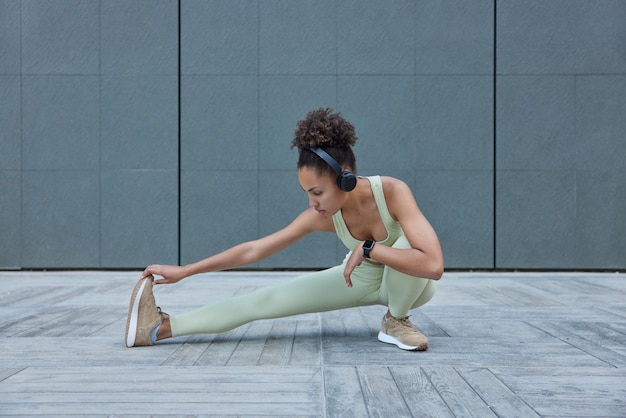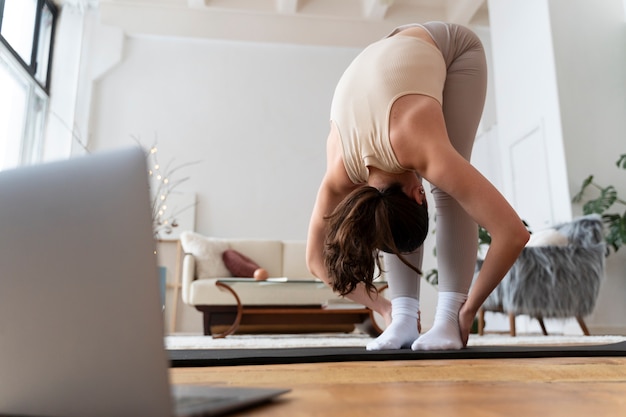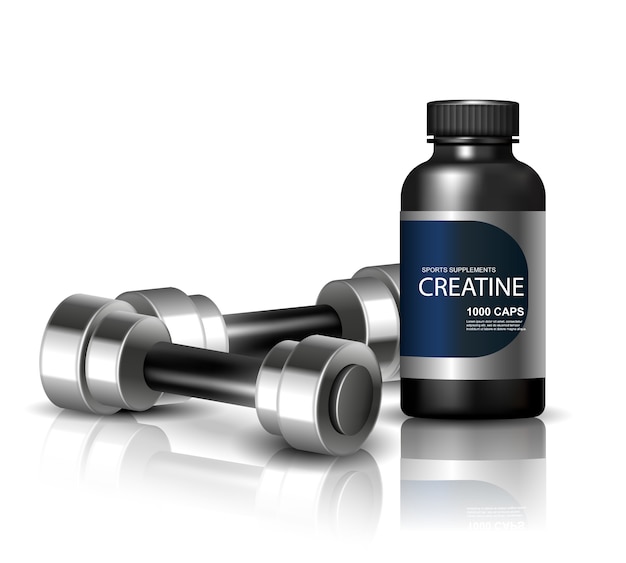Aging is inevitable—but how you age is largely within your control. For home exercisers, small missteps in daily routines, movement habits, and mindset can silently sabotage long-term vitality. The good news? With a few smart adjustments, you can turn the tide and support healthy, graceful aging from the comfort of your living room.
Regular physical activity is one of the most powerful tools for maintaining strength, balance, flexibility, and cognitive function. For those exercising at home, convenience is a major advantage—but without proper form, consistency, or variety, even well-intentioned workouts can fall short.
Below are 21 common mistakes that may be holding you back—along with coach-style corrections and simple modifications you can apply today.
Cold muscles are more prone to strain. Always begin with 5–10 minutes of light movement like marching in place, arm circles, or gentle dynamic stretches.

Breath control is crucial. Exhale during exertion (e.g., lifting), inhale during release. Practice diaphragmatic breathing to improve oxygen flow and reduce blood pressure.
Slouching while sitting or standing increases joint stress. Align your ears over shoulders, shoulders over hips. Use a mirror to check form during exercises.
Balance declines with age, increasing fall risk. Add simple drills: stand on one leg while brushing teeth, or practice heel-to-toe walks.
Focus solely on cardio or strength? You're missing key benefits. Aim for a mix: strength, flexibility, balance, and aerobic activity.
Poor form reduces effectiveness and increases injury risk. For squats, keep knees behind toes and back straight. Use a chair for support if needed.
Pain is a signal, not a challenge. Modify movements if joints ache. Swap high-impact jumps for step taps or seated alternatives.
Sticking to the same routine leads to plateaus. Gradually increase reps, resistance, or duration every 2–3 weeks.
Muscles strengthen during rest. Schedule at least one full rest day per week, or alternate intense days with gentle stretching or walking.
More isn’t always better. Signs include fatigue, irritability, and poor sleep. Listen to your body and scale back when needed.
Tight muscles limit mobility. Dedicate 10 minutes daily to stretching major muscle groups—hamstrings, hips, shoulders, and back.

Mirrors can help, but don’t replace body awareness. Focus on how movements feel—engage your core, avoid locking joints.
Without tracking, it’s hard to stay motivated. Keep a simple log of workouts, reps, and how you feel each week.
Muscle mass declines after 30. Use bodyweight, resistance bands, or light dumbbells 2–3 times weekly to preserve strength and metabolism.
Dehydration affects energy, balance, and recovery. Drink water throughout the day—don’t wait until you’re thirsty.
Exercise is most effective when routine. Pick a consistent time—morning or afternoon—and treat it like an appointment.
Stress and isolation impact physical health. Pair movement with mindfulness—try yoga, tai chi, or meditation after workouts.
Balance exercises on unstable surfaces (like foam pads) can be risky without proper progression. Master flat-ground balance first.
Some days you’ll feel stronger than others. Have a tiered plan: high, medium, and low-intensity options ready.
Barefoot workouts can be beneficial, but supportive slippers or non-slip socks help prevent slips and support joints.
Tiny changes—standing while on the phone, walking during TV ads—add up. Consistency in small actions builds lasting health.
Aging gracefully isn’t about perfection—it’s about making sustainable, informed choices. By addressing these 21 common mistakes, you’re not just exercising; you’re investing in long-term independence, strength, and well-being.
Start with one or two adjustments. Master them. Then add more. Your future self will thank you.

Wellness

Wellness

Wellness

Wellness

Health

Wellness

Health

Fitness

Health

Wellness

Wellness

Wellness

Health

Fitness

Health

Health